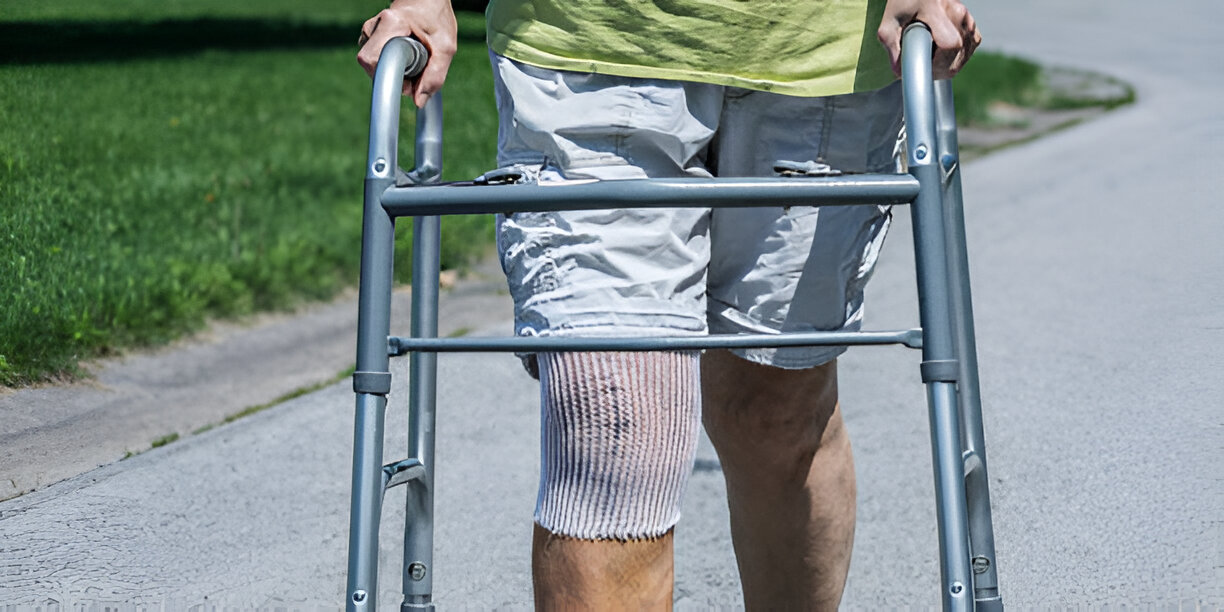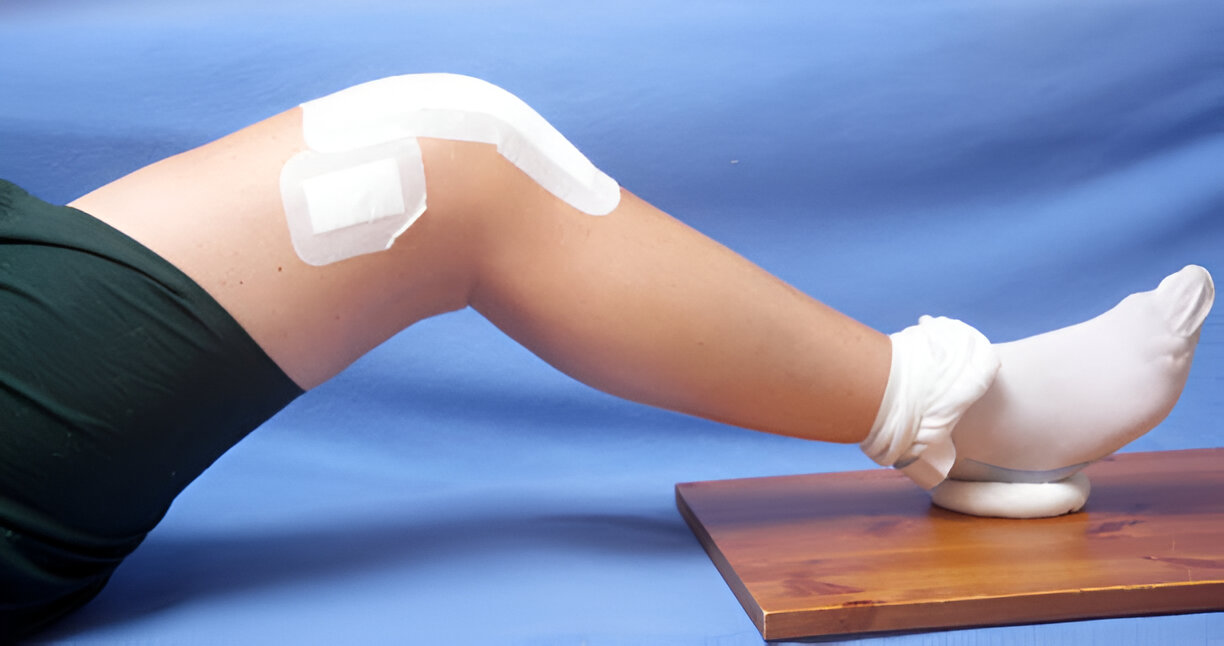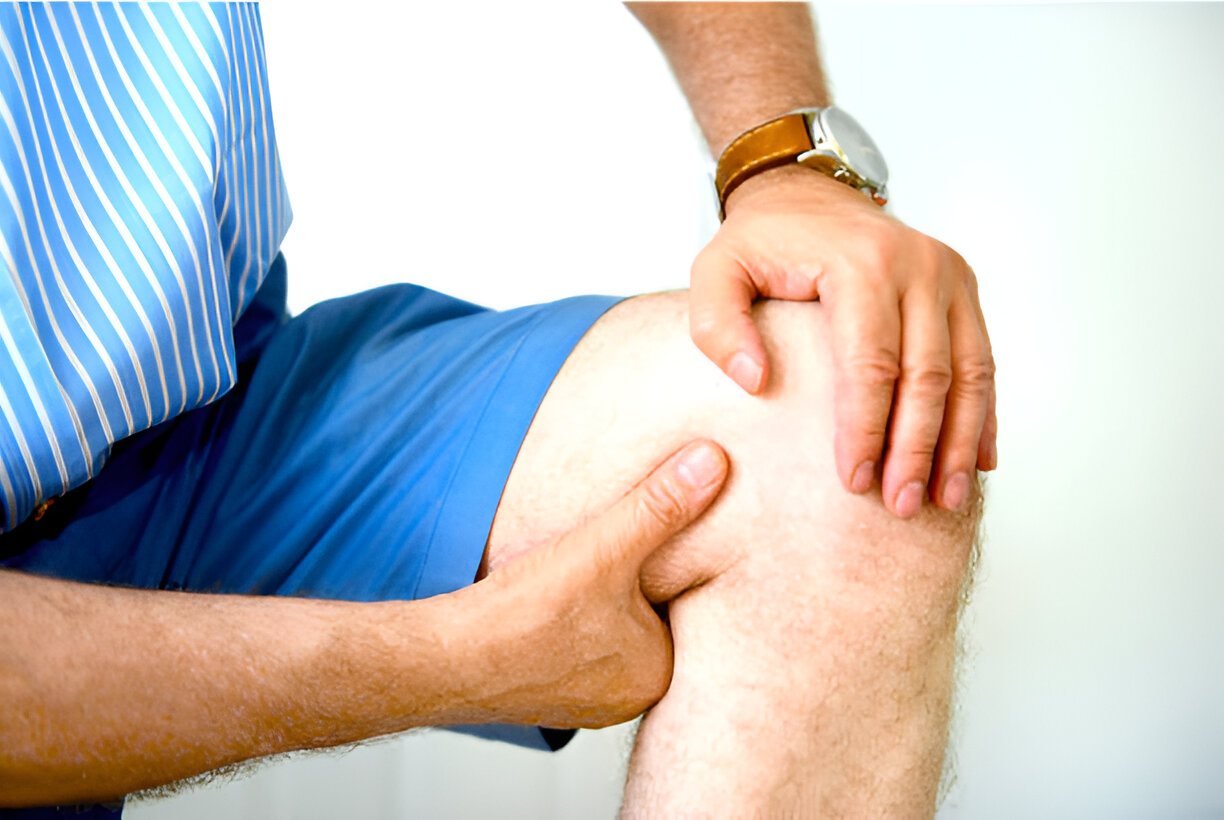Robotic Knee Replacement in Delhi (Robotic Hip Replacement)
Robotic Knee Replacement in Delhi with Dr. Neelabh offers computer/robotic‑assisted planning and alignment for knee and hip replacements—paired with modern implants and a clear recovery roadmap coordinated with your physiotherapist.
Precise planning • Soft‑tissue balancing • We don’t provide in‑house physiotherapy—protocols shared with your physio

Planning precision
CT‑based or imageless mapping helps plan implant size, position, and alignment.
Soft‑tissue balance
Real‑time gap data to fine‑tune ligament balance and joint stability.
Modern implants
Durable bearings and fixation tailored to bone quality and activity level.
Clear rehab protocol
We coordinate with your physiotherapist; we do not provide in‑house physio.
What is Robotic Knee Replacement in Delhi?
Robotic/computer‑assisted knee replacement uses pre‑operative CT or intra‑operative mapping to create a patient‑specific plan. The system guides bone cuts and component placement, helping optimise alignment and soft‑tissue balance. It’s a tool that may improve planning accuracy—excellent outcomes are also possible with conventional techniques. Availability depends on indication and facility.
Robotic Hip Replacement in Delhi
For hips, robotic assistance helps plan cup position, version, and leg length/offset. The goal is reproducible component placement and stability tailored to your anatomy.

Who is a Good Candidate?
Advanced arthritis
Severe pain/stiffness limiting daily life despite non‑surgical care.
Alignment challenges
Significant deformity or complex anatomy where planning data helps.
Revision or prior surgery
Previous procedures where precise component placement is critical.
Informed expectations
Understands that robotics is a planning/precision tool—not required in every case.
We’ll confirm suitability and availability during consultation.
Potential Benefits
- Patient‑specific plan for component size, position, and alignment
- Real‑time data for ligament balance and soft‑tissue protection
- Reproducibility across varied anatomy
- Modern implants designed for durability
Risks & Considerations
- General surgical risks: infection, clots, stiffness, persistent pain
- Implant wear/loosening over time; possible revision
- Robotics adds planning time, equipment needs; not necessary for everyone
Robotics is a tool to aid accuracy. Results depend on many factors—surgeon technique, implant choice, bone quality, and rehab adherence.
Technology & Approach
- CT‑based or imageless mapping: Builds a 3D model of your joint intra‑op or from scans.
- Plan‑guided cuts: Guides bone preparation to match your alignment plan.
- Soft‑tissue balancing: Gap data informs fine adjustments for stability.
- Hip metrics: Cup inclination/version and leg length/offset targets.
System selection and availability vary by facility. We’ll advise what best matches your case.

How Robotic Knee/Hip Surgery is Performed
- Anaesthesia & incision: Spinal/epidural or general anaesthesia; small front‑of‑knee or hip approach as indicated.
- Mapping & plan: CT or imageless mapping to confirm the plan intra‑operatively.
- Bone preparation: Guided bone cuts/reaming according to plan.
- Component placement: Implants positioned; ligament balance and stability verified.
- Closure & pathway: Wound closed; mobilisation and precautions reviewed.
Recovery Timeline
- Day 0–1: Stand and walk with assistance; start gentle range‑of‑motion.
- Week 1–2: Swelling control; progress walking aids as safe.
- Week 3–6: Strength and motion improve; many return to desk work.
- Month 3–6: Resume low‑impact activities; enjoy major benefits.
We do not provide in‑house physiotherapy. You’ll receive a written rehab protocol and we’ll coordinate with your chosen physiotherapist.

Where to Consult Dr. Neelabh
BLK Hospital
A-4-6, Pusa Rd, Near Rajendra Place Metro Station, New Delhi-110005
🕓 4:00 PM – 6:00 PM
Timings may vary—please call +91-9810117204 to confirm.
Cost & Insurance
Costs depend on joint (knee/hip), implant selection, facility and anaesthesia fees, and whether robotic technology is used. We verify benefits and provide a transparent estimate before scheduling your Robotic Knee Replacement in Delhi or robotic hip replacement.
- Insurance pre‑authorisation & benefits check
- Clear estimate of out‑of‑pocket costs
- Cashless/financing options where applicable

How to Prepare
Medical clearance
Pre‑op evaluation, labs, ECG, and imaging (X‑ray/CT) as needed.
Medication review
Guidance on blood thinners, diabetes medicines, and supplements.
Prehab (external)
We recommend prehab with your physiotherapist for strength and mobility.
Home setup
Prepare a safe space, remove tripping hazards, arrange initial support.
Healthy habits
Stop smoking, optimise blood sugar and weight, maintain skin health.
Frequently Asked Questions
Is robotic replacement better than conventional?
Am I eligible for robotic knee or hip replacement?
Which robotic system do you use?
Do you provide physiotherapy?
When can I resume normal activities?
Are there extra costs for robotics?
Ready to explore robotic knee/hip replacement?
Let’s design a plan that fits your anatomy, lifestyle, and goals.
